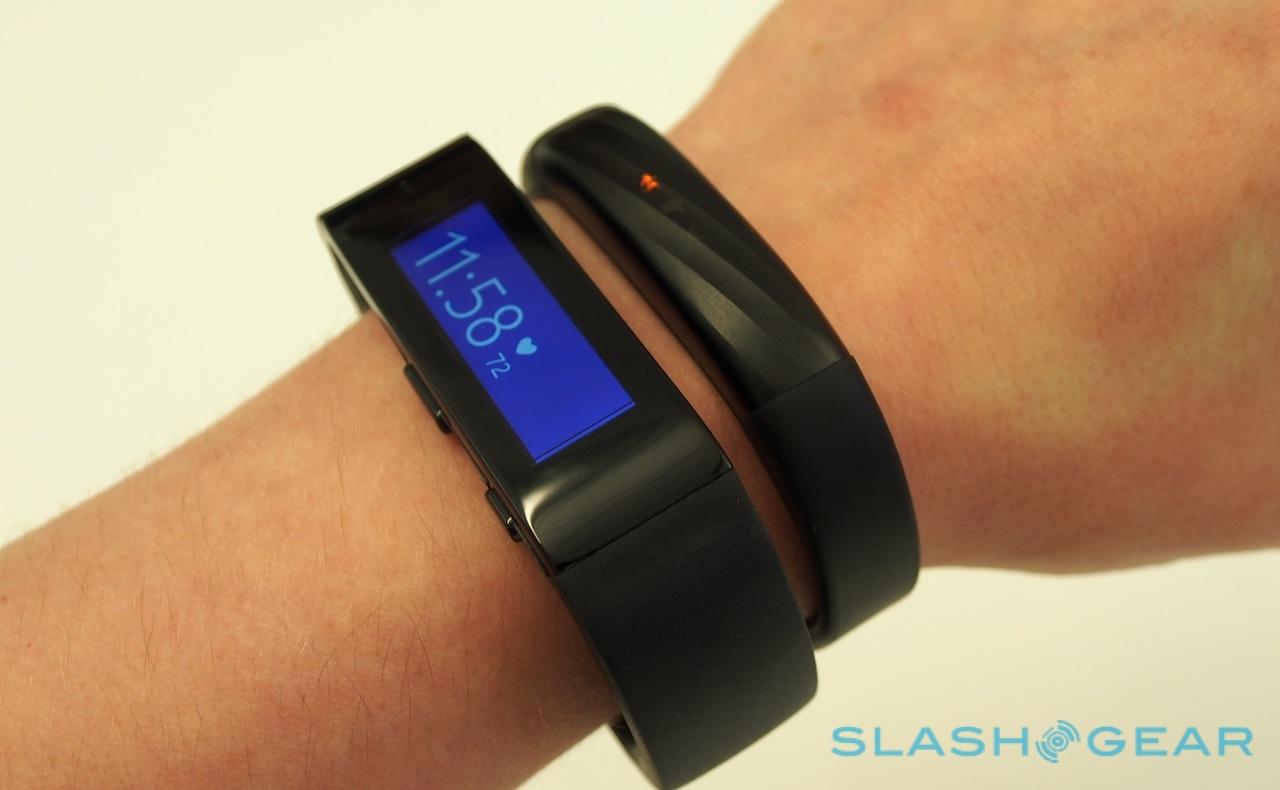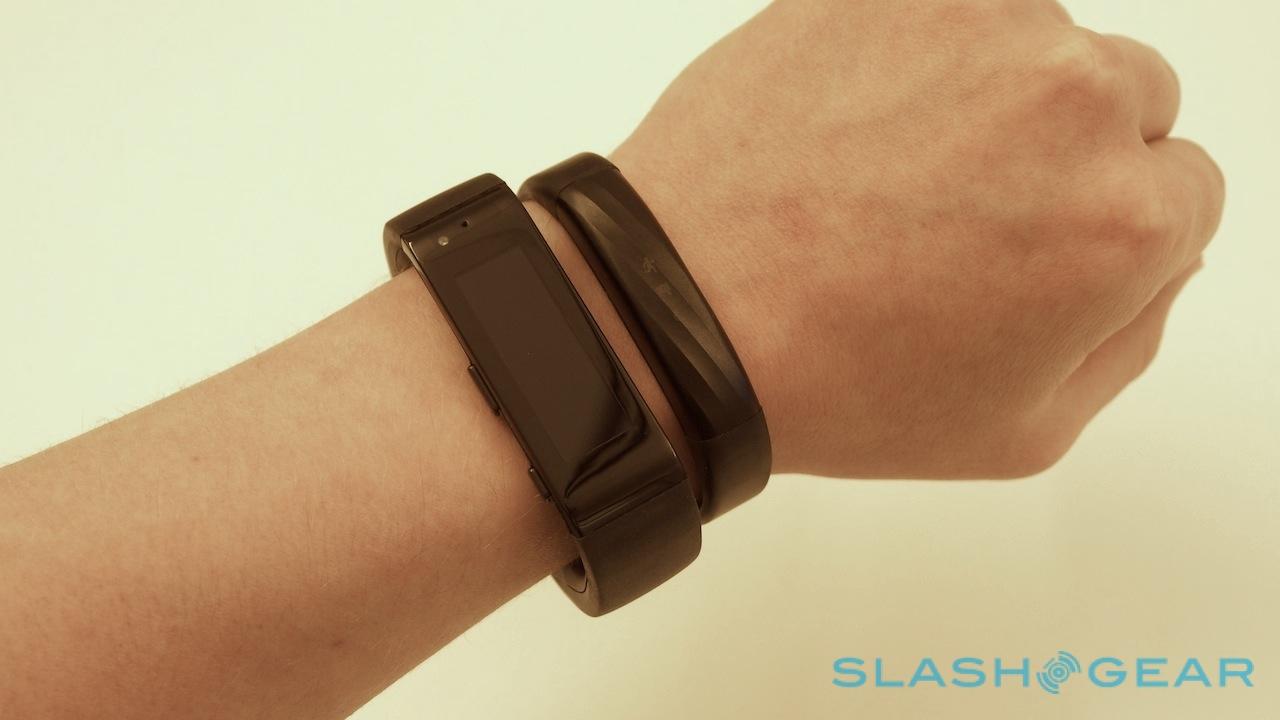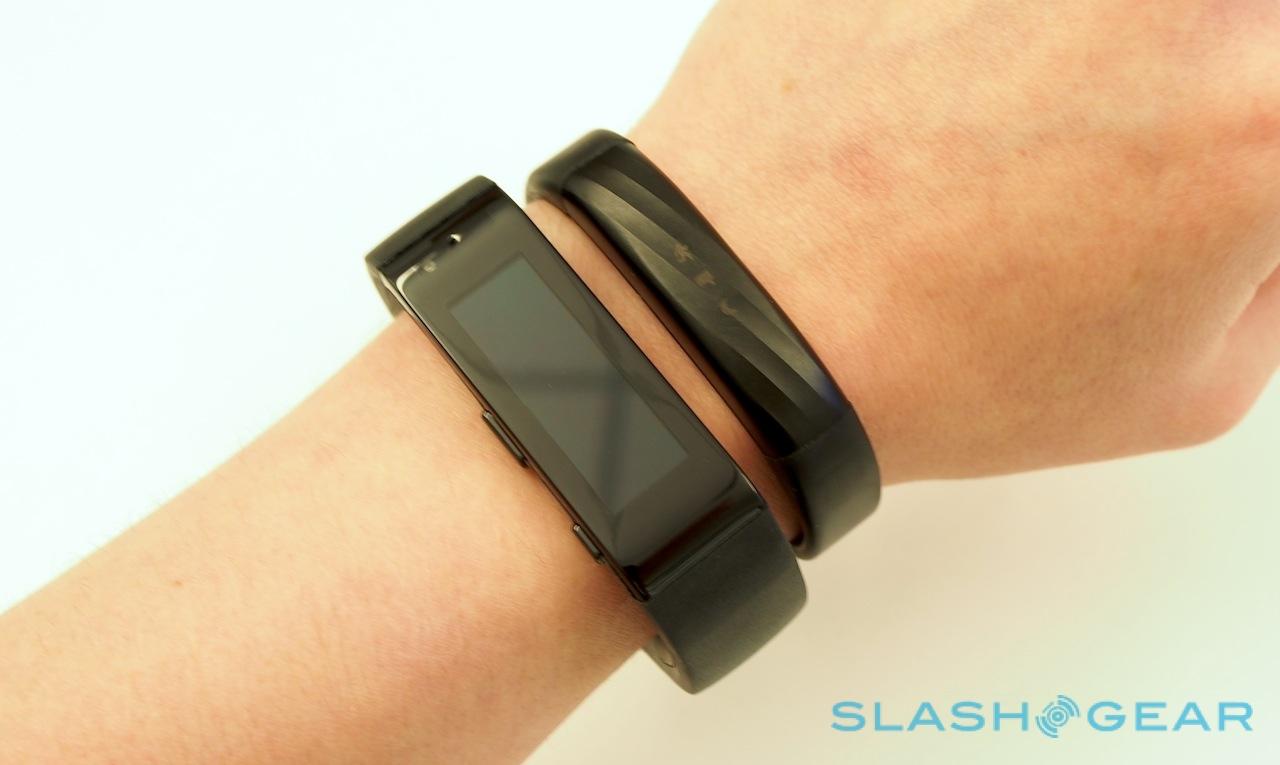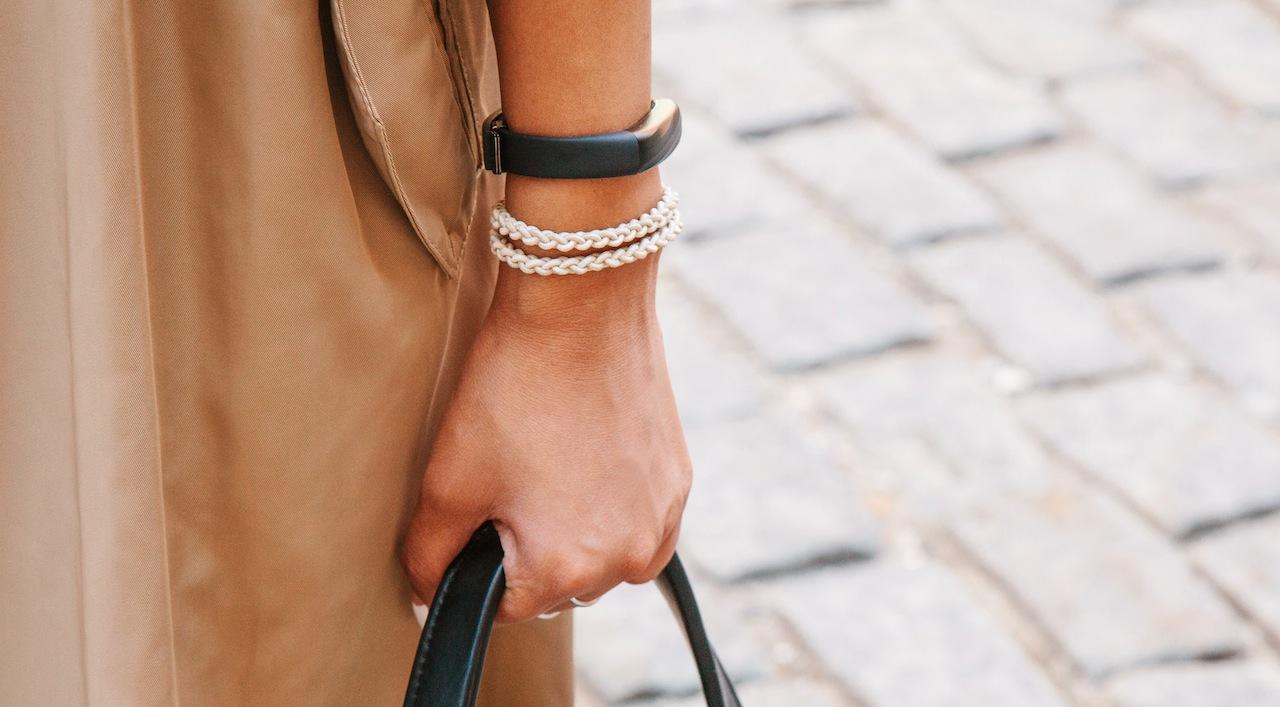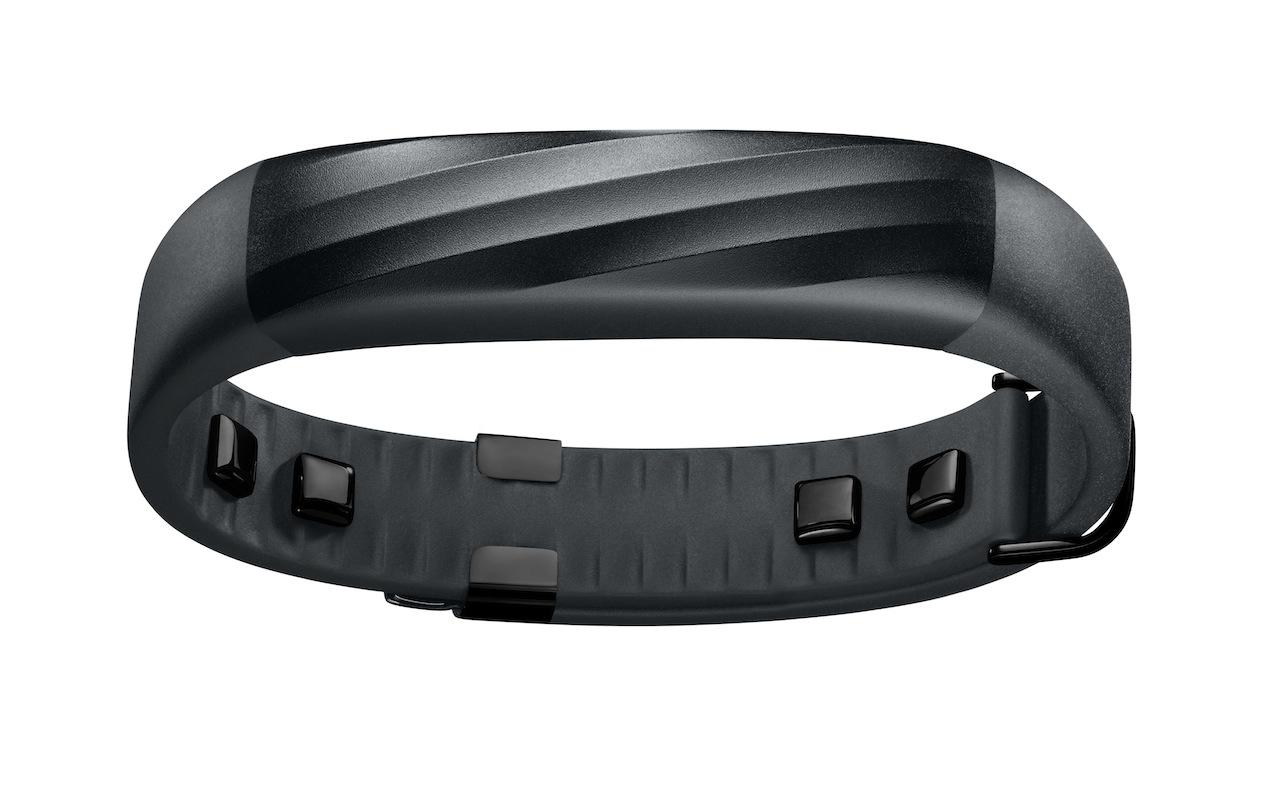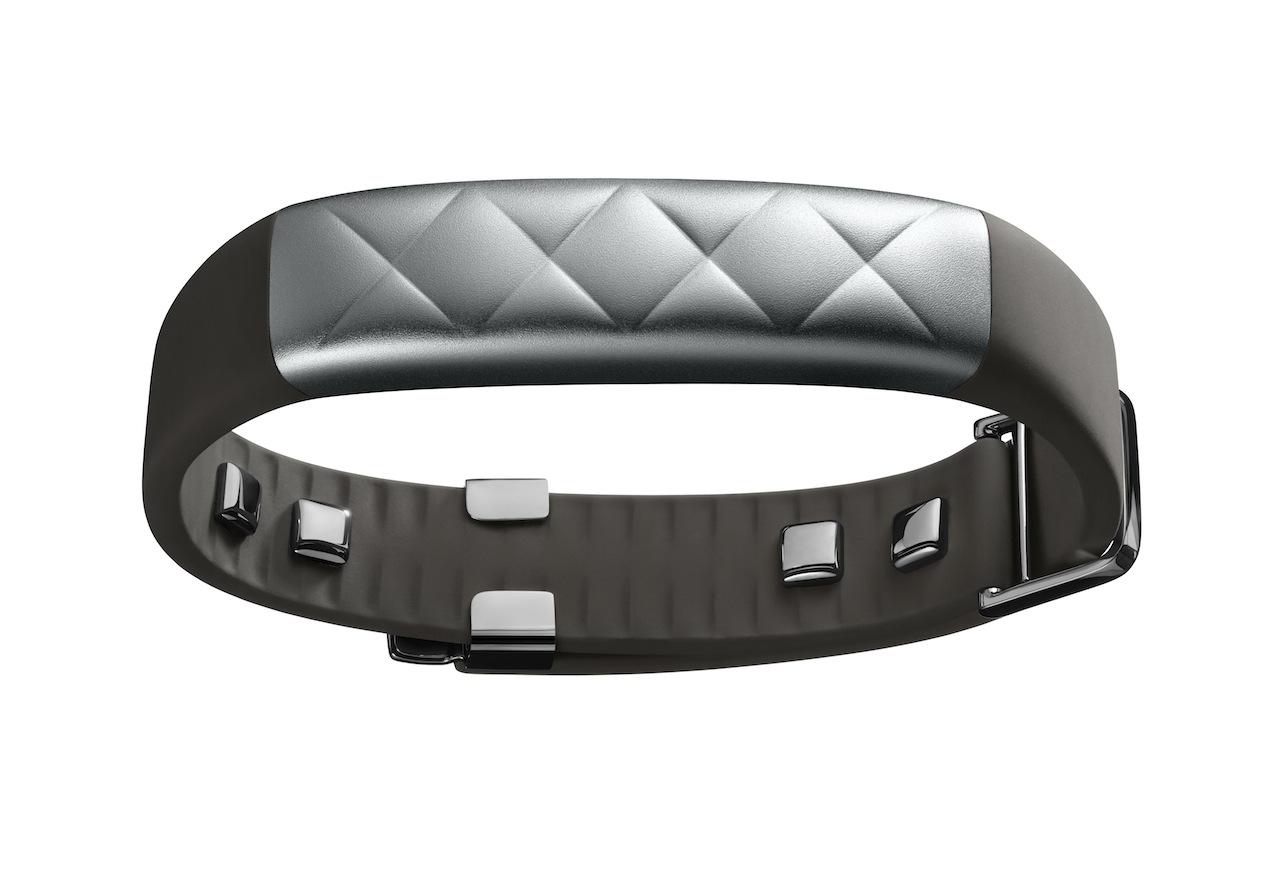Jawbone UP3 Hands-On - Smarter Sensing, Cleverer Coaching
If you're going to ask someone to wear a fitness tracker 24/7, it better be good, and Jawbone believes its come up with a killer in the new UP3. It's 30-percent smaller than Jawbone's old flagship, with a new design from Yves Behar, but this is no simple remolding of an UP24, however. Instead, it's the launch vehicle for the company's new multi-sensor platform, stepping beyond the simple accelerometer found in most wearables and adding a new bioimpedance sensor among others for not only movement, sleep, and heart tracking, but the promise of even more in-depth metrics that can be unlocked with a simple firmware update. I stopped by Jawbone to find out why UP3 could put other wearables to shame.
At first glance, the UP3's heritage among Jawbone's range is clear. The textured main section – which is made of anodized aluminum and will eventually be offered in different finishes – hides LED indicators for movement and sleep tracking, with a capacitive button to switch between them.
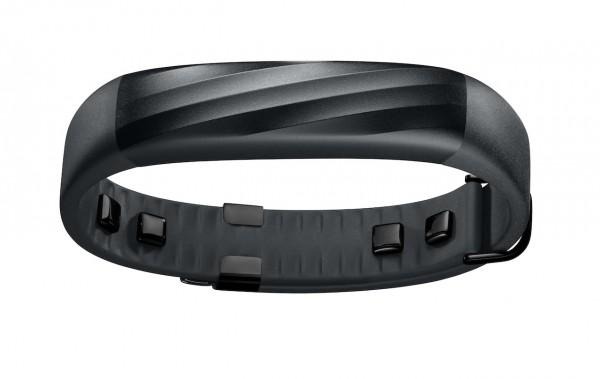
Rather than the springy rubber strap of the UP24, the UP3 has a more flexible band and a new clasp design which means one-size-fits-all rather than requiring three different options to suit different wrists. It also allows for Jawbone to create various styles: initially it'll be various colors of hypoallergenic rubber, but the company showed me versions with straps finished in fabric or denim, which changed the whole feel of the wearable entirely.
The rubber version is water-resistant to ten meters, meaning it can be worn in the shower or while swimming, and battery life is 4-7 days. Bluetooth Smart keeps things synchronized with your smartphone.
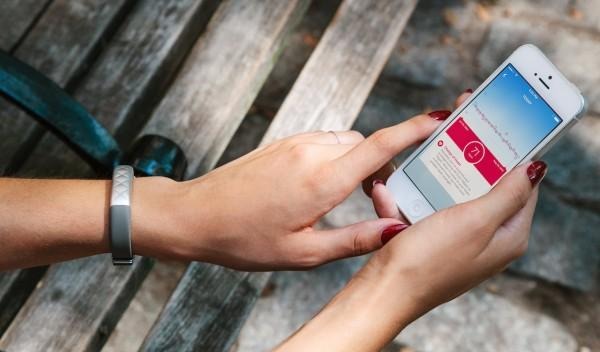
What's really interesting is what's going on inside, though. That's where Jawbone's new multi-sensor is to be found, and while it will only offer a fraction of its total potential at launch, that's still enough for the company to claim it's leagues ahead of rivals.
"We're at a major inflection point in the industry," Travis Bogard, Jawbone's vice president of product management and strategy, told me. For Jawbone itself, it's a move into its second phase of life with its new sensor, building on the handiwork of 2013 acquisition BodyMedia.
BodyMedia was working on wearables integrating bioimpedance sensors, and it's those which are at the heart of the UP3. Paired with a new tri-axis accelerometer for movement data, and two temperature sensors – one focused on your skin, the other on the ambient temperature – the new sensor can figure out heart rate, galvanic skin response, respiratory rate, and hydration rate, among other metrics.

Heart rate tracking isn't exactly new to wearables; models like Microsoft's Band include it, for instance. The core technology responsible for that is very different to Jawbone's approach, though.
The Microsoft Band, to pick on the new entrant, uses an optical heart rate sensor: effectively blasting LED light through your skin to see how the capillaries reflect. It works, but it's generally bulky, power-hungry, and requires a tight – sometimes uncomfortable – join with the skin.
In contrast, Jawbone's UP3 has a row of four simple numbs running along the inside of the strap (a fifth, under the main body section, is the skin temperature probe). Three of the four need to have at least light contact with the wrist in order for the sensor to work, a far cry from cinching rival wearables around your limbs.

Jawbone is taking baby steps with what the multi-sensor can actually do, however. According to Bogard, that's to help ease users into familiarity with terms they may not have heard of before. While the cynic in me might also suspect there's some intentional pacing there for future updates, at least early-adopters won't be left out in the cold, since an OTA firmware update will be able to unlock the latest abilities as they're built upon.
So, initially there'll be resting heart rate monitoring added to the movement and sleep tracking. The best time to figure out heart health, Bogard tells me, is just when you're waking up in the morning, but before the reality of the day dawns on you. By figuring that out, UP3 can tell you just how healthy your heart is and then give you a running analysis of how your exercise, diet, and sleep patterns are impacting it.
Shortly after launch, Bogard says, Jawbone will add on-demand heart rate tracking, as part of a roadmap that will eventually include metrics like hydration and stress levels.

If there's one thing I've criticized in the past, though, it's wearables that gather data but then do little with it to help you understand. To address that, Jawbone is pushing out UP 4.0, the latest version of its Android and iOS app.
UP could always manually track periods of exercise, but UP 4.0 will be able to automatically identify them, taking its best guess as to what you're doing – running, or yoga, or cycling, or something else – and then learning your preferred activities over time so as to improve the accuracy of its assessments.
For sleep, there's now identification of the four different stages – waking, light, deep, and REM – which means the UP 4.0 can now make more specific suggestions for improving it. If you're short on deep sleep, for instance, during which the body physically repairs itself, some pre-bedtime exercise might help, whereas a longer night's rest could do the trick for improving REM sleep.

All that works together with a new Smart Coach feature, which builds on the goals and milestones Jawbone added in UP 3.0. They're all pulled together into the main timeline now, but in addition will gain from greater contextual understanding: how your activities and diet effect your sleep, for instance, in a more tailored way to the individual wearer. When more features of the multi-sensor are activated, that will get even more useful; telling you exactly how much water you need to get rehydrated after a workout, for instance.
Smart Coach will also work with the new UP MOVE, as well as the existing UP and UP24.
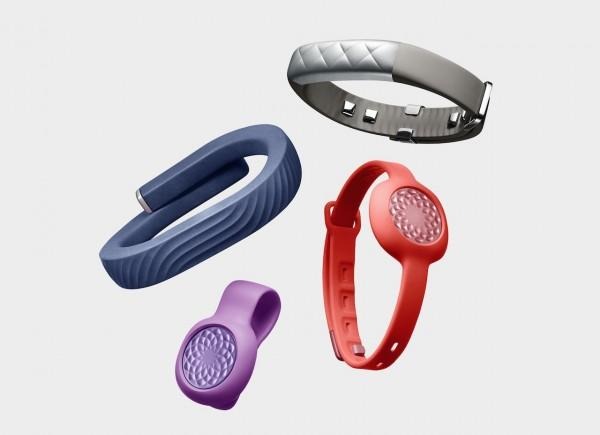
With UP3 not launching until later in the year, so far Jawbone only has pre-production prototypes to show. Still, it's a comfortable wearable to sport, and the difference in bulk between other bands that track heart rate is considerable. True, a direct comparison with something like Microsoft Band isn't entirely fair – Microsoft's smartwatch has a display, for instance – but it's clear that the waifish UP3 is likely to be far more palatable to wearers given its svelte design.
At $179.99 it's certainly at the expensive end of the scale for a non-smartwatch wearable, but Jawbone is counting on strength of metrics to earn the UP3 a place on wrists. That's ambitious, certainly, but with all eyes on the wearables space – and high-profile and health-centric rivals like the Apple Watch waiting in the wings – the time seems ripe for Jawbone's multi-sensor to make its play.


